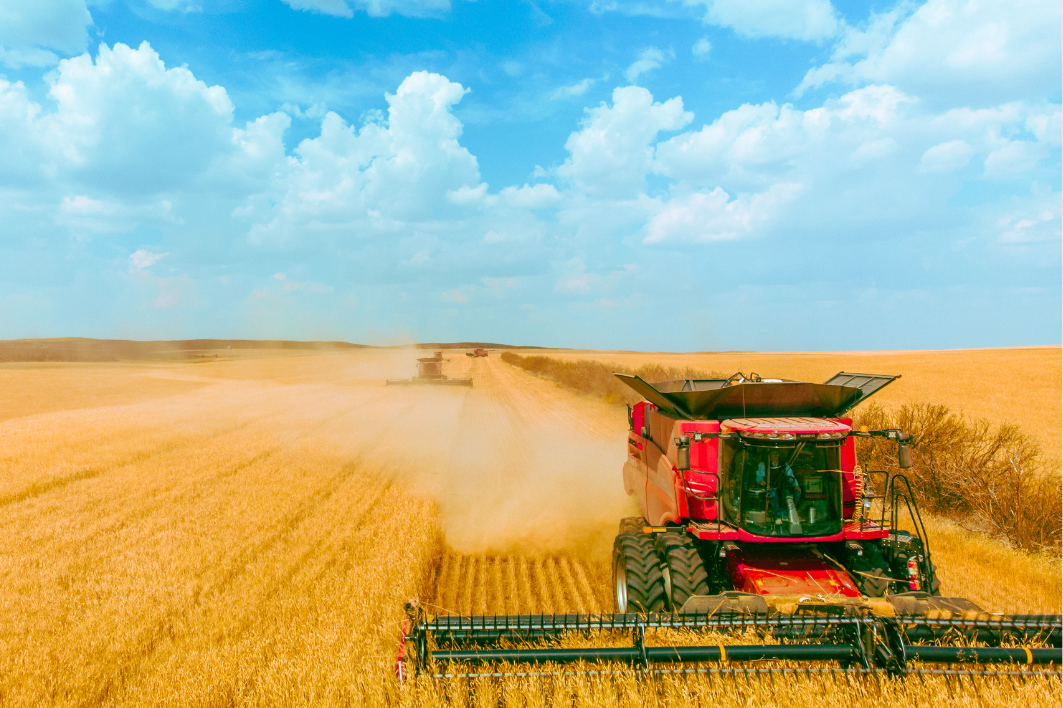References
Food and Agriculture Organization of the United States (FAOSTAT). (2021). FAOSTAT. Retrieved from Food and Agriculture Organization of the United States: https://www.fao.org/faostat/en/#home
Government of Saskatchewan. (2021). Saskatchewan Agriculture Exports 2021. Retrieved from Government of Saskatchewan: https://www.saskatchewan.ca/business/agriculture-natural-resources-and-industry/agribusiness-farmers-and-ranchers/saskatchewan-import-and-export-information/resources-for-importers/trade-statistics
This commentary and the information contained herein are for educational and informational purposes only and do not constitute an offer to sell, or a solicitation of an offer to buy, any securities or related financial instruments. This article may contain forward-looking statements. Readers should refer to information contained on our website at https://www.avenuelivingam.com/forward-looking-statements for additional information regarding forward-looking statements and certain risks associated with them.

